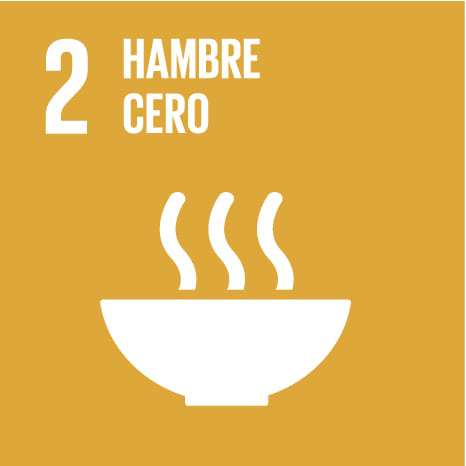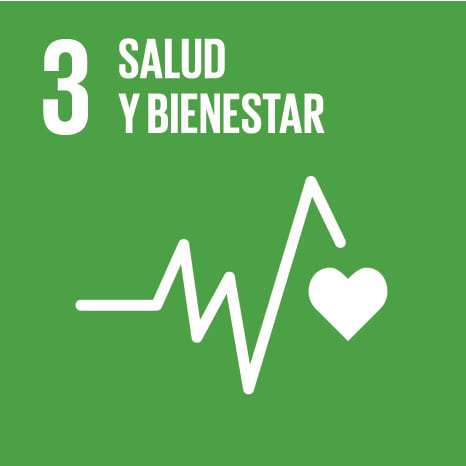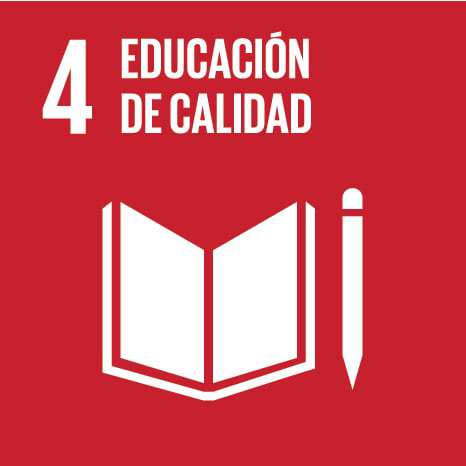Historias del cambio
Una alternativa sostenible en la agricultura para un mejor uso del suelo
Increased salinity in the soil is one of the problems that affects food production. A very saline soil has physiological and chemical effects on the metabolism of plants and vegetables that affect the productivity of agriculture. However, there are sustainable alternatives to guarantee the use of the land. It is saline agriculture and allows cultivation in areas with a shortage of fresh or fresh water.
Con la vista puesta en la agenda 2030, los Estados Miembros de Naciones Unidas aprobaron que… ODS 2: Poner fin al hambre, lograr la seguridad alimentaria y la mejora de la nutrición y promover la agricultura sostenible
Aunque la evolución es francamente positiva, y en 2017 grandes áreas como Asia Central y Oriental y América Latina y el Caribe habían avanzado enormemente en la erradicación del hambre, lo cierto es que 821 millones de personas sufren de desnutrición crónica y 90 millones de niños menores de cinco años tienen un peso peligrosamente bajo.
El rápido crecimiento económico y el aumento de la productividad agrícola de otras zonas parece no llegar a casi todas las regiones de África o América del Sur y zonas determinadas de Asia.
Agricultura salina: una solución sostenible
Según la FAO, la Organización de las Naciones Unidas para la Alimentación y la Agricultura, la salinización del suelo es el incremento de sales hidrosolubles en el suelo, en las que se incluyen el potasio, magnesio, calcio, cloruro, sulfato, carbonato y bicarbonato.
Este fenómeno puede llevar a convertir los suelos en improductivos, reducir los rendimientos agrícolas y afectar negativamente al crecimiento vegetal, ya que el agua salada hace que la fotosíntesis y la respiración sean más difíciles para los tallos y su crecimiento sea más lento.
A medida que se explota un área de tierra, la salinidad del suelo aumenta, ya que el agua de riego contiene sal y, cuando ésta se evapora o es absorbida por las plantas, la sal permanece. Las tierras agrícolas en China, Australia y el Medio Oriente se han vuelto cada vez más saladas, así como las principales tierras de cultivo en el suroeste de EE.UU.
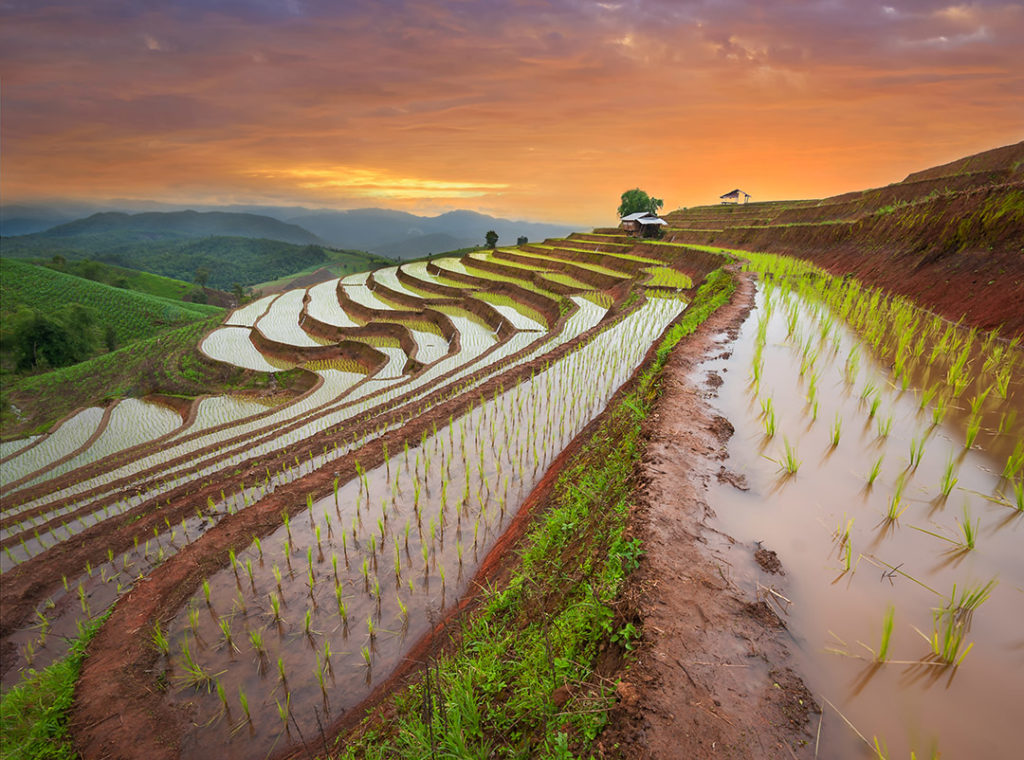
La salinidad, siendo uno de los problemas más antiguos de la agricultura, se ha visto incrementado con el abuso de los fertilizantes, de las aguas de riego o con los efectos del cambio climático. Por ello, es importante conocer alternativas para el aprovechamiento de este tipo de suelos.
Una de ellas es la agricultura salina, que nos permite, por un lado, la recuperación de suelos salinos con técnicas como el lavado de sales o la aplicación de mejoradores químicos. Y por otro, el uso de plantas halófitas (aquellas cuyas raíces están en contacto con el agua salada), plantas tolerantes a la salinidad o mejoradas genéticamente.
Gracias a las prácticas de este tipo de agricultura, se puede cultivar en áreas con escasez de agua fresca o dulce, o también cultivar durante todo el año, incluyendo las estaciones más secas, así como mejorar y revitalizar los suelos degradados, logrando de ese modo mejorar la economía de los agricultores de esas zonas.
Para ello, se debe encontrar un producto que sea factible a desarrollarlo en estas condiciones, y que, a su vez, su demanda sea lo suficientemente elevada para poder investigar y desarrollarlo con las condiciones óptimas en la agricultura salina. ¿Qué alimento podría ser ese? Naturalmente, el arroz, ya que más de la mitad de la población mundial consume o incluso depende de este alimento para sobrevivir.
Yuan Longping, agrónomo chino
El chino Yuan Longping (1930) es uno de los responsables del mayor hito en la lucha contra la erradicación del hambre: ha conseguido alimentar a una parte muy mayoritaria de la población china con menos del 9% de la tierra total del planeta.
In 1970, the agronomist Longping, found a type of wild rice on the island of Hainan with which he carried out his research on hybrid rice, obtaining 3 years later the first variant of high-yield hybrid rice in the world. This type of rice achieved an annual yield of almost 20% higher than conventional rice. «China has a large population, but little arable land,» Yuan confessed, so the investigations continued.
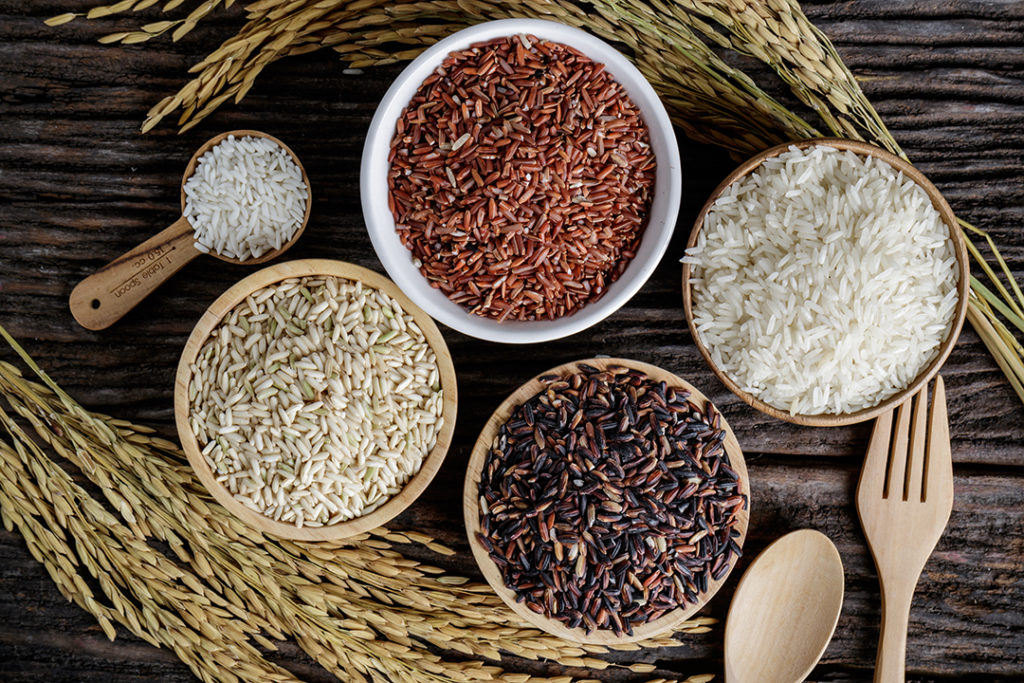
His team continued to make progress, and in 2017 they successfully developed their culture in saltwater. According to China’s Xinhua News Agency, 87-year-old Longping managed to harvest about 9 tons of rice at the Qindao Salt and Alkali Tolerant Rice Research and Development Center in Qindao, Shandong.
The following year he carried out a test plantation with rice tolerant to salinity and alkalinity of the soil in experimental fields in Dubai, achieving great success.
This achievement would allow the transformation of 6.7 million saline-alkaline hectares in China in the next 10 years and already in the 2019 harvest they achieved 12 tons per hectare in Jiangsu province. In China there are approximately 100 million hectares of saline-alkaline soil, and a fifth could be improved and transformed into arable land.
In January 2020, it launched a plan, together with the digital agriculture division of e-commerce giant Alibaba, to expand rice growth in the saline-alkaline soil of the Inner Mongolia autonomous region in the north of the country.
The following year he carried out a test plantation with rice tolerant to salinity and alkalinity of the soil in experimental fields in Dubai, achieving great success.
In January 2020, it launched a plan, together with the digital agriculture division of e-commerce giant Alibaba, to expand rice growth in the saline-alkaline soil of the Inner Mongolia autonomous region in the north of the country.
What would it mean to be able to grow food in saline soil?
Well, among other things, improve the environment of saline-alkaline lands and desert areas, ensure food for the impoverished people of these areas and increase the income of local farmers.
An example with numbers: In September 2019, Yuan’s team completed an experiment, planting rice in 1,000 m2 of saline-alkaline soil in Hinggan. The yield reached 508.8 kilos per m2, exceeding the team’s goal of 300 kilos per m2.
A group of researchers, undergraduate students at BYU Plant and Wildlife may have found a way to eliminate declining yields of crops planted in saline soils: by using bacteria found in the roots of salt-tolerant plants to inoculate alfalfa plants against overly saline soil. They have also focused on other products such as green beans and lettuce.
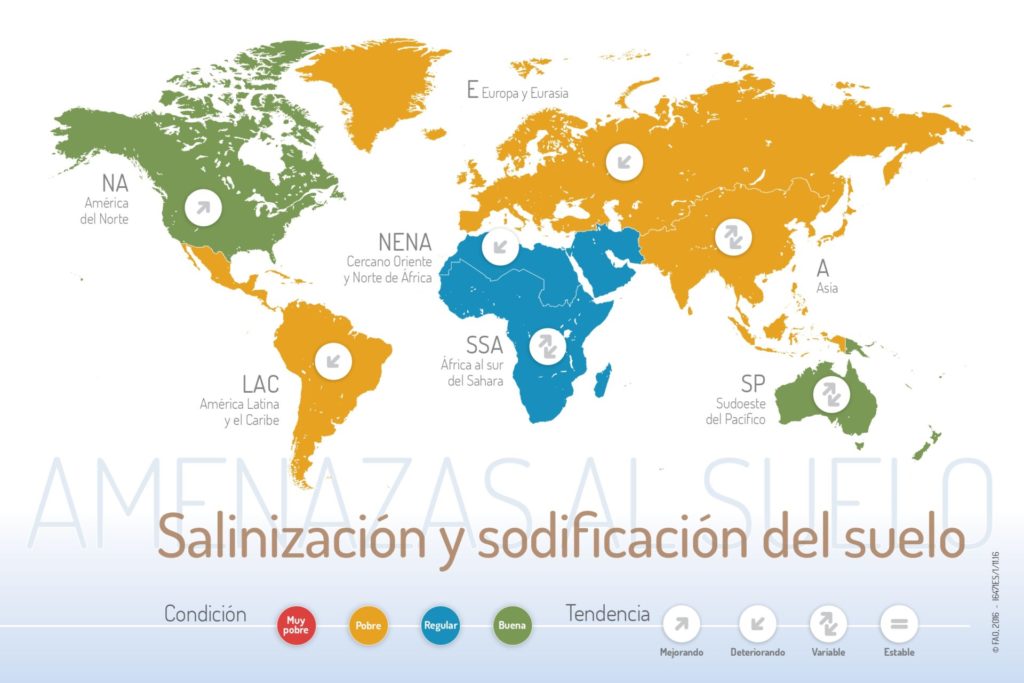
Map of soil salinization and sodification by countries / Source: FAO
In Bangladesh , the non-profit organization Salt Farm Foundation in collaboration with the Dutch NGO ICCO Cooperation, wants to train and help 5,000 farmers to grow different traditional crops, such as carrots, cabbages or potatoes, under salinity conditions.
In Pakistan tolerant potatoes they are also grown to salinity in saline soils (2014-2016).
The Institute For Water Education (IHE Delft), in collaboration with the Dutch firm The Salt Doctors and Can Tho University in Vietnam, participated in a knowledge transfer project focused on saline agriculture in the Mekong Delta. Rice is harvested here twice a year, when there is fresh water . In the dry season, the river becomes saline, because it runs at a low flow and fills with sea water .
However, despite the undoubted benefits that it can bring, for saline agriculture to be a fact it is important to demonstrate, as Dr. De Vos, founder of The Salt Doctors, says, that it is sustainable and profitable. “And we want to do it in more and more countries around the world to achieve a global alliance of different organizations, showing it both from a scientific and practical point of view. We want to make saline agriculture a form of conventional agriculture that can really contribute to the livelihoods of many farmers and also to food security ”.
Learn more stories of the change as it is, here.


